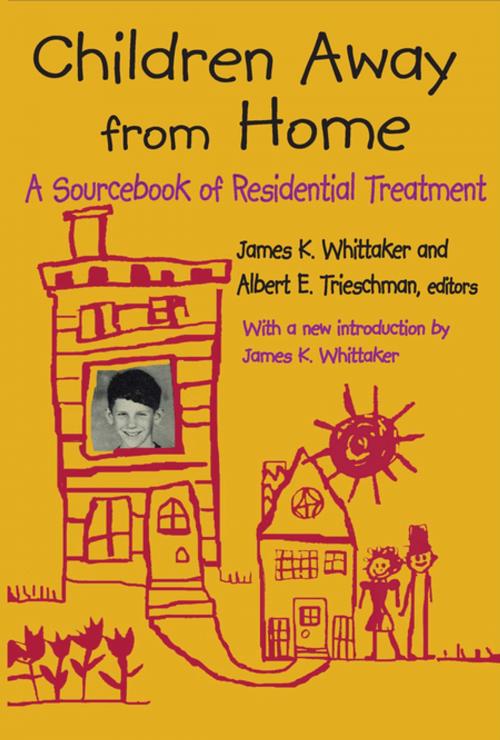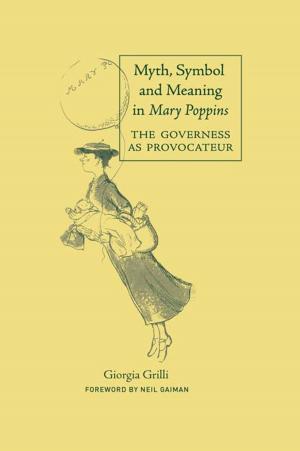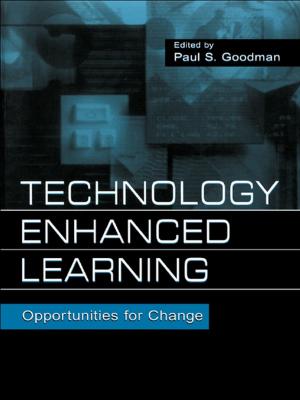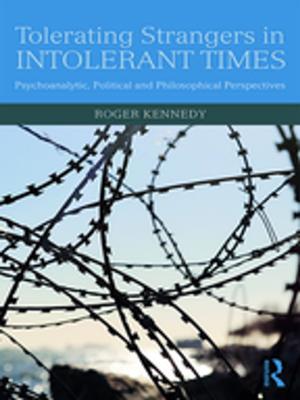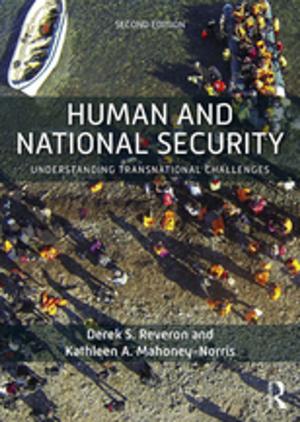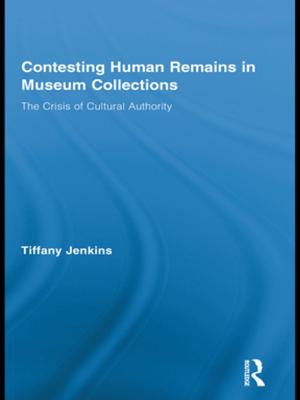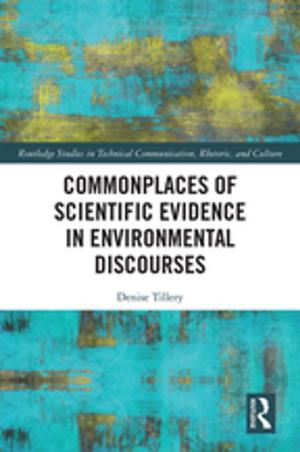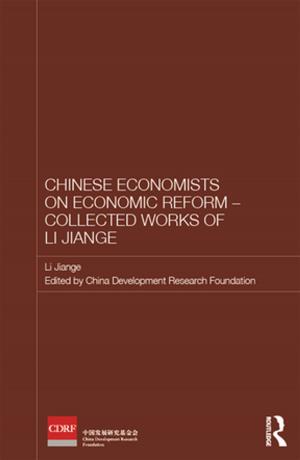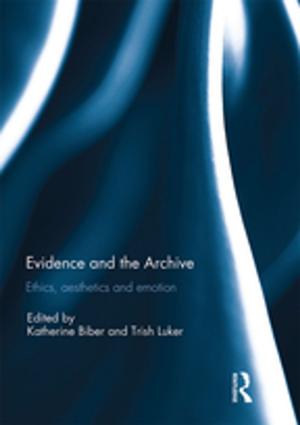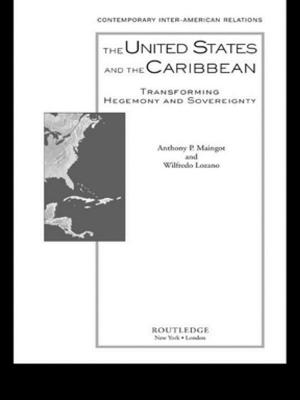Children Away from Home
A Sourcebook of Residential Treatment
Nonfiction, Health & Well Being, Psychology, Emotions, Social & Cultural Studies, Social Science, Sociology| Author: | ISBN: | 9781351528870 | |
| Publisher: | Taylor and Francis | Publication: | July 12, 2017 |
| Imprint: | Routledge | Language: | English |
| Author: | |
| ISBN: | 9781351528870 |
| Publisher: | Taylor and Francis |
| Publication: | July 12, 2017 |
| Imprint: | Routledge |
| Language: | English |
The editors of this volume are committed to the philosophy of treating emotionally disturbed children in the life milieu. Both have been intensely involved in training "online" therapists--child care workers. They are convinced that there is no one "right way" in milieu treatment, and propose a electric model for treatment.
Like many of the other writers included in this book, Whittaker and Trieschman conceive of treatment as a total life experience. Th ey do not see the individual versus the group, but the individual within the group situation. They also do not see permissiveness versus limitations, professional staff versus nonprofessional staff , or the institution versus an outside of the community.
The book is divided into two sections: the fi rst is a dialogue between the editors on current issues in residential treatment and problems in treating children. The second is a collection of readings. This is one of the first sourcebooks covering the therapeutic milieu for children in residential treatment centers, specifi cally emotionally disturbed children. It is also an excellent text for courses on the emotionally disturbed child, milieu treatment, and child welfare.
The editors of this volume are committed to the philosophy of treating emotionally disturbed children in the life milieu. Both have been intensely involved in training "online" therapists--child care workers. They are convinced that there is no one "right way" in milieu treatment, and propose a electric model for treatment.
Like many of the other writers included in this book, Whittaker and Trieschman conceive of treatment as a total life experience. Th ey do not see the individual versus the group, but the individual within the group situation. They also do not see permissiveness versus limitations, professional staff versus nonprofessional staff , or the institution versus an outside of the community.
The book is divided into two sections: the fi rst is a dialogue between the editors on current issues in residential treatment and problems in treating children. The second is a collection of readings. This is one of the first sourcebooks covering the therapeutic milieu for children in residential treatment centers, specifi cally emotionally disturbed children. It is also an excellent text for courses on the emotionally disturbed child, milieu treatment, and child welfare.
